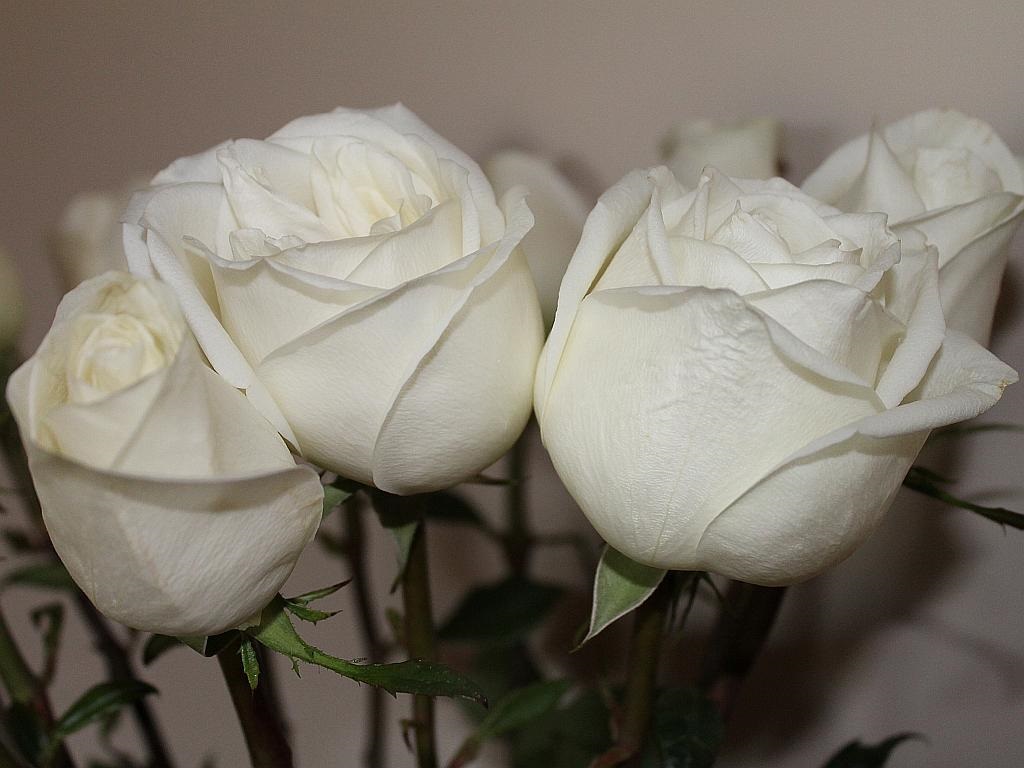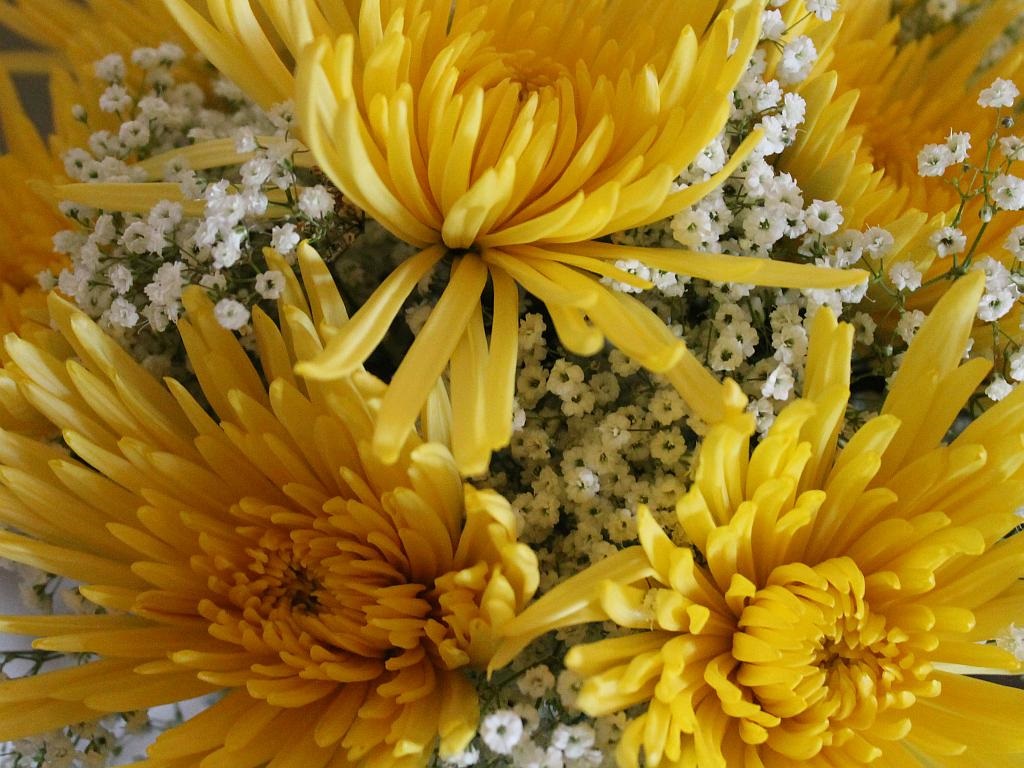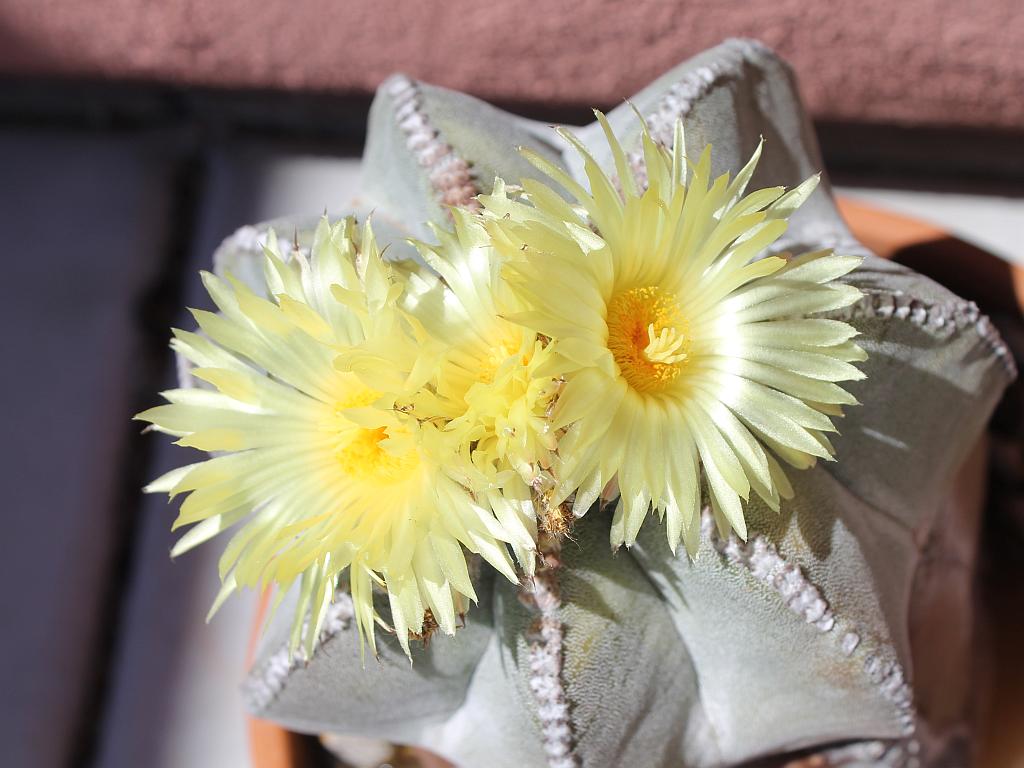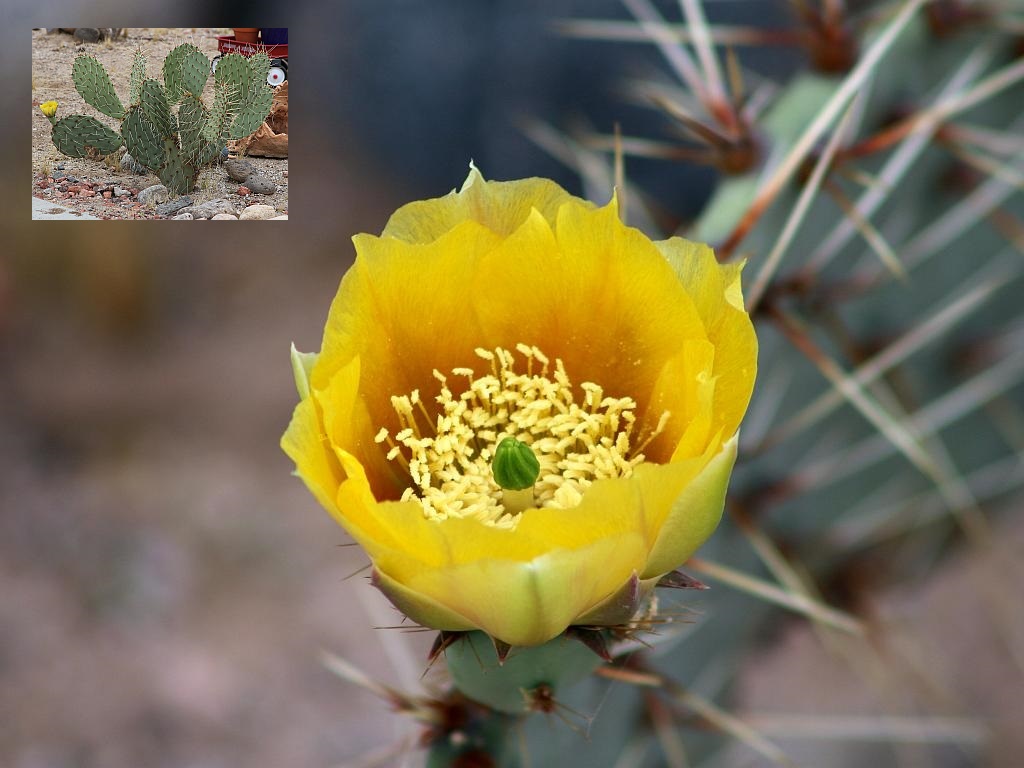The Spider Mums from last week had run their gamut, so it was time to replace them in the vase on the sofa table. The flower concession in the supermarket didn’t have much in the way of lilies or mums this week, so we opted for the more costly, but well worth the slight extra expense, roses.
We have come across this light cream colored rose variety many times as they are pleasant to look at, smell nice and last the better part of a week. These look very nice in my tall crystal vase. Click on the image to enlarge.






